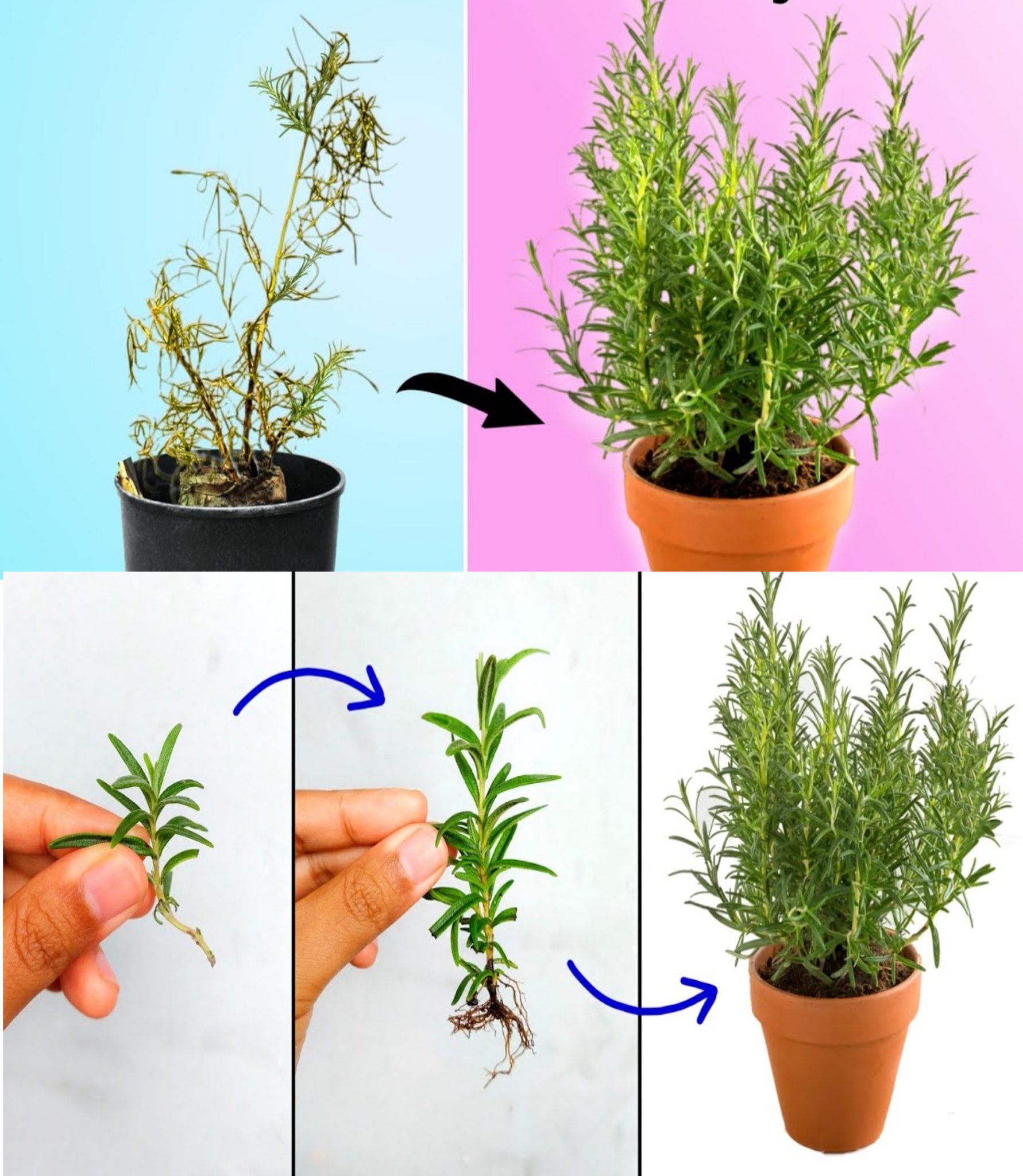
Rosemary is a fantastic herb to grow indoors or in a pot, adding a touch of greenery and delicious fragrance to your space. Here’s how to get started:
Choosing a Pot and Soil:
- Pot: Opt for a terracotta or clay pot with drainage holes. Choose a size that allows for root growth, starting with at least a 12-inch diameter pot for mature plants.
- Soil: Use well-draining potting mix. You can mix regular potting mix with sand, perlite, or vermiculite for better drainage. Aim for a slightly acidic pH between 6.0 and 7.0.
Light and Temperature:
- Light: Rosemary thrives in bright, indirect sunlight. Aim for at least 6 hours of sunlight daily, south-facing windows are ideal. Consider supplementing with grow lights if needed.
- Temperature: Rosemary prefers warm temperatures between 65°F and 75°F. Avoid placing it near drafts or heating vents.
Watering and Feeding:
- Watering: Water deeply when the soil feels dry to the touch, allowing excess water to drain freely. Avoid overwatering, as this can lead to root rot.
- Feeding: Fertilize lightly during the growing season (spring and summer) with a balanced liquid fertilizer diluted to half strength. Follow the instructions on the package.
Pruning and Harvesting:
- Pruning: Pinch off the tips of new growth regularly to encourage bushier growth and prevent the plant from becoming leggy. You can also harvest leaves throughout the year by pinching or snipping them off the stem.
- Harvesting: Use sharp pruners or scissors to harvest mature stems, leaving at least 2-3 inches of growth on the plant.
Additional Tips:
- Misting: Rosemary enjoys some humidity, especially in dry indoor environments. Mist the foliage occasionally, avoiding the flowers if present.
- Repotting: Repot your rosemary every 2-3 years into a slightly larger pot with fresh potting mix.
- Pests and diseases: Rosemary is relatively pest and disease resistant, but watch out for aphids and whiteflies. Treat them with insecticidal soap or neem oil if necessary.
Remember: These are general guidelines, and you might need to adjust them based on your specific climate and growing conditions. With proper care, your rosemary plant will thrive indoors and provide you with fresh herbs for years to come!
Bonus Tip: Start your rosemary journey by propagating cuttings from a mature plant. This is a fun and rewarding way to get new plants for free!
